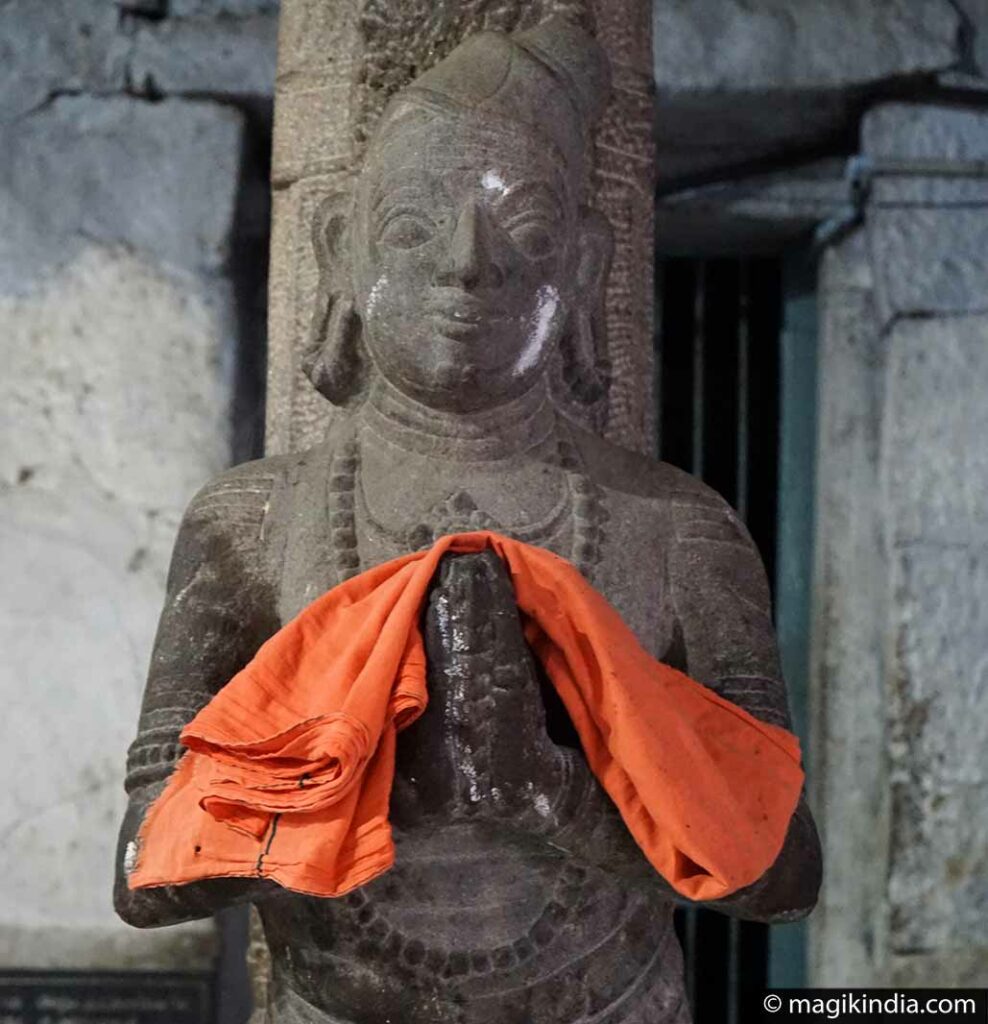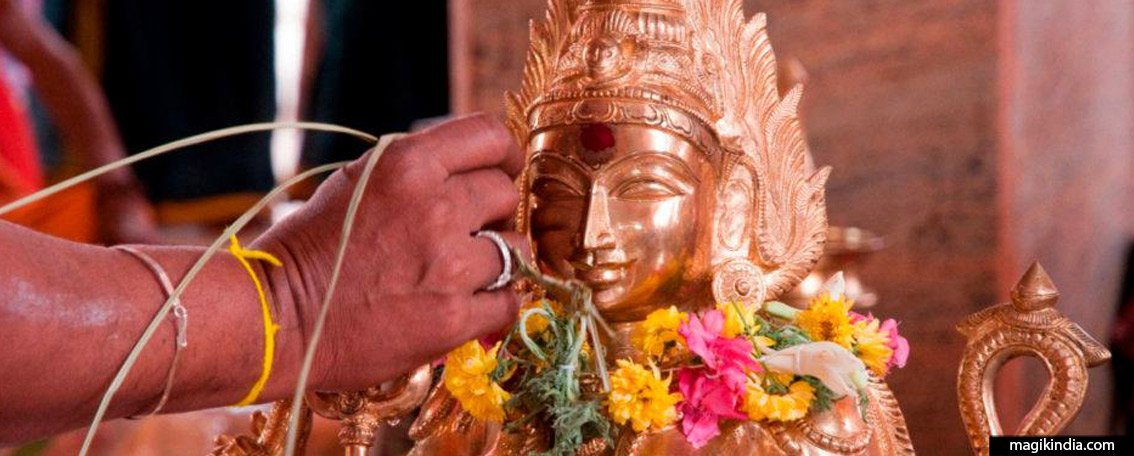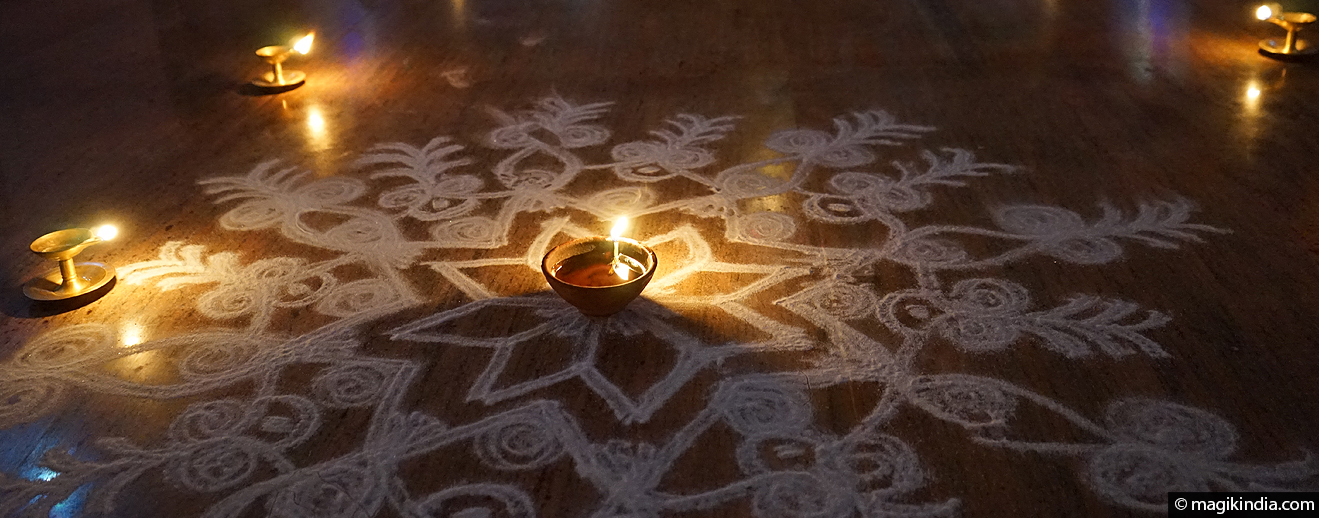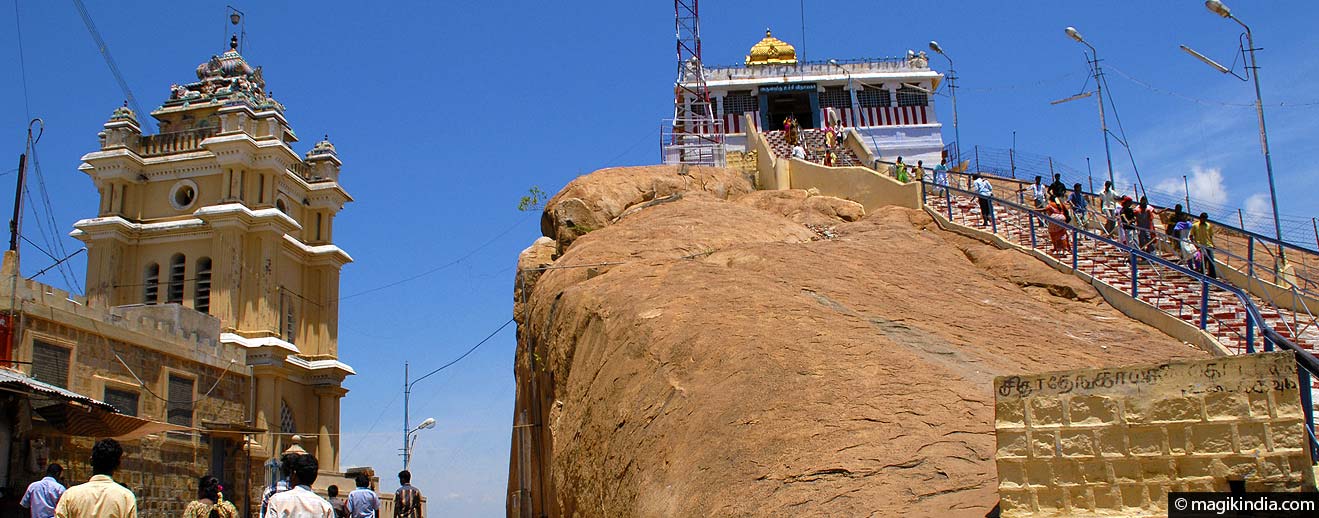
Tiruchirappalli (Trichy), the city of the Rock Fort
Tiruchirappalli, better known as Trichy is instantly recognisable from the temple perched on high rock outcrop near the centre and it is one of the oldest cities in Tamil Nadu. From this distant past, this bubbling city preserves a great spiritual tradition represented by its innumerable temples of which the famous “Sri Rangam”, the largest of all India, is part.
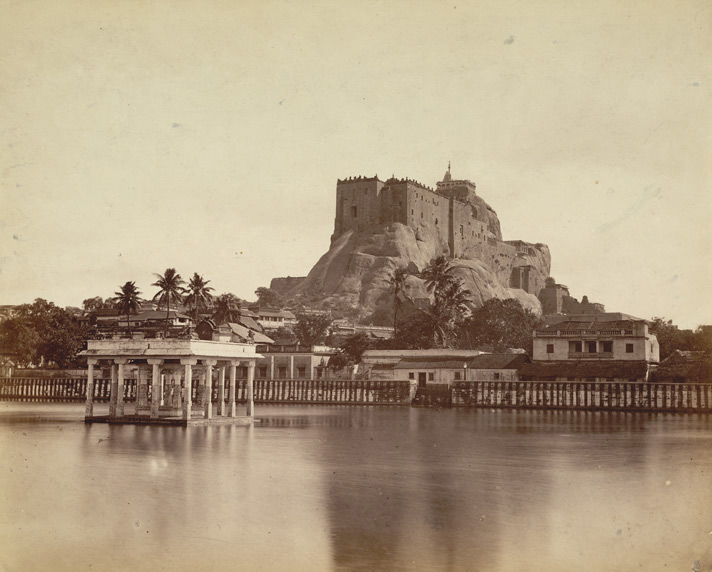
Tiruchirappalli’s story begins in the 3rd century BCE, under the Chola kings. Later it was ruled by the Pallava and Pandya dynasties until the 10th century when the Cholas reconquered Tiruchirappalli and held sway until their empire declined and fell to the Vijayanagaras.
In 1565 Trichy was taken over by the Madurai Nayaks; under their rule the city prospered. From the 1730s Tiruchirappalli was governed by the Marathas, the Nawabs of the Carnatic, the French and the English in turn. Trichy was at the centre of the Carnatic wars of the 18th century, when the English and French were fighting it out for supremacy in India.
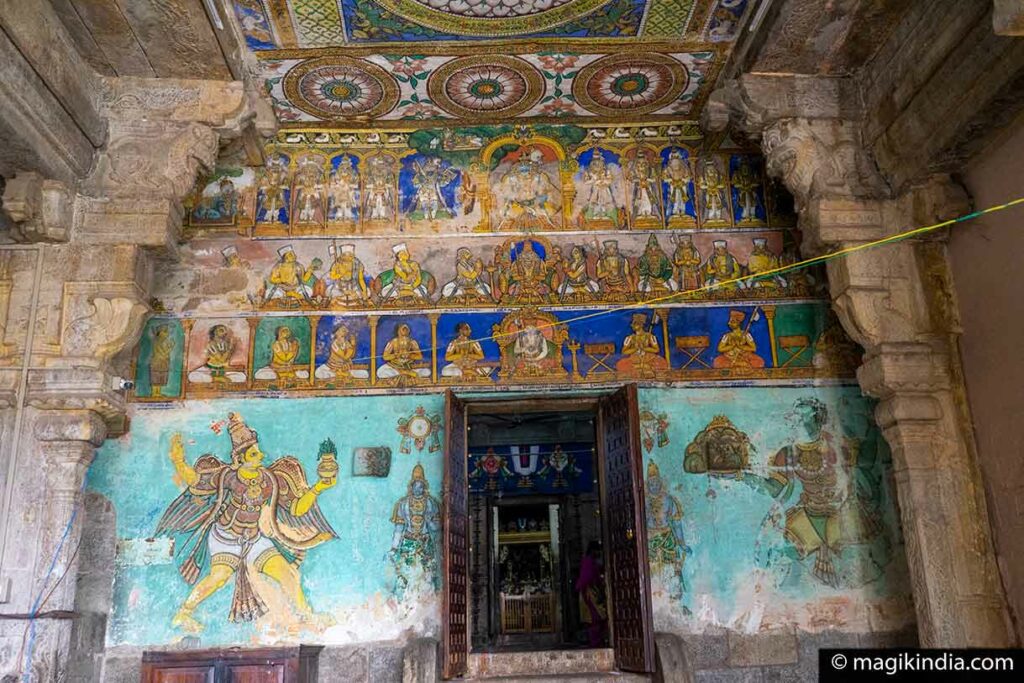
Unlike most Indian towns, the busy centre of Tiruchirappalli offers little in the way of sight-seeing. The interesting places are outside the centre or outside the town entirely.
And now, let’s visit Tiruchirappalli!
Rock Fort Temple
Perched 83m high on a massive outcrop of rock not far from the city centre stands Tiruchirappalli‘s emblematic rock fort temple complex.
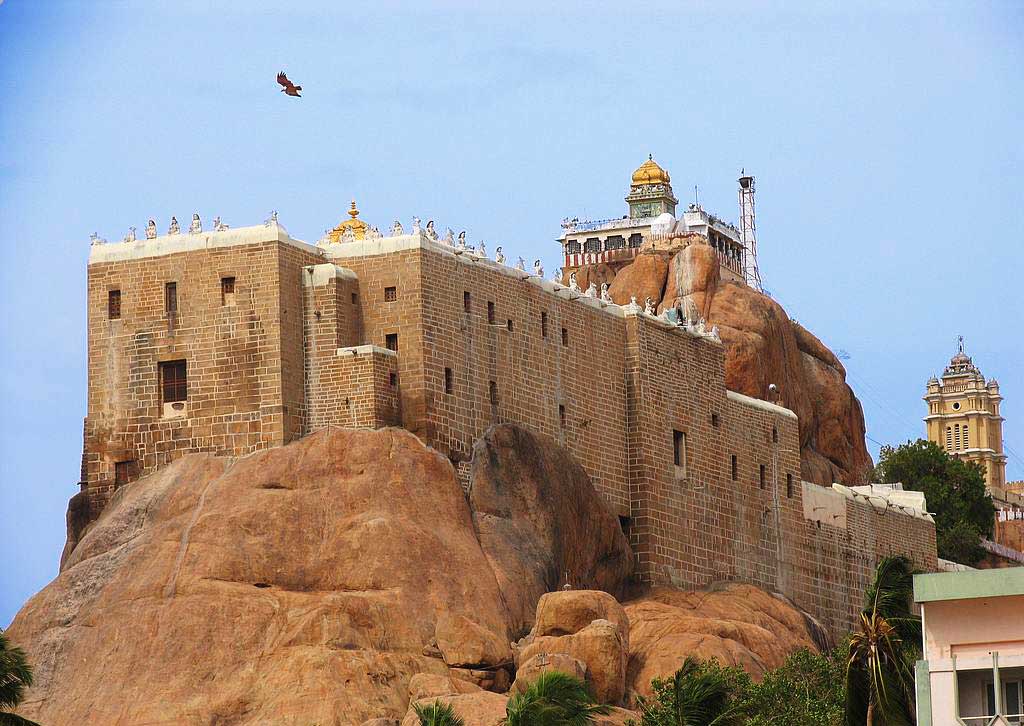
The Nanak dynasty built the fort here because of its naturally strategic position; it played a role in the Carnatic wars of the 18th century. But long before that, the Pallava and Pandya dynasties had already established temples on the rock like the Thayumanavar temple which was constructed by the Pallava king Mahendravarman I in the 6th century AD (see below).
There are three main temples inside the fort precinct:
Manikka Vinayakar temple at the entrance is dedicated to Ganesha the elephant-headed god. The temple’s spacious hall contains a variety of sculptures and images of the god in different poses and under different names.
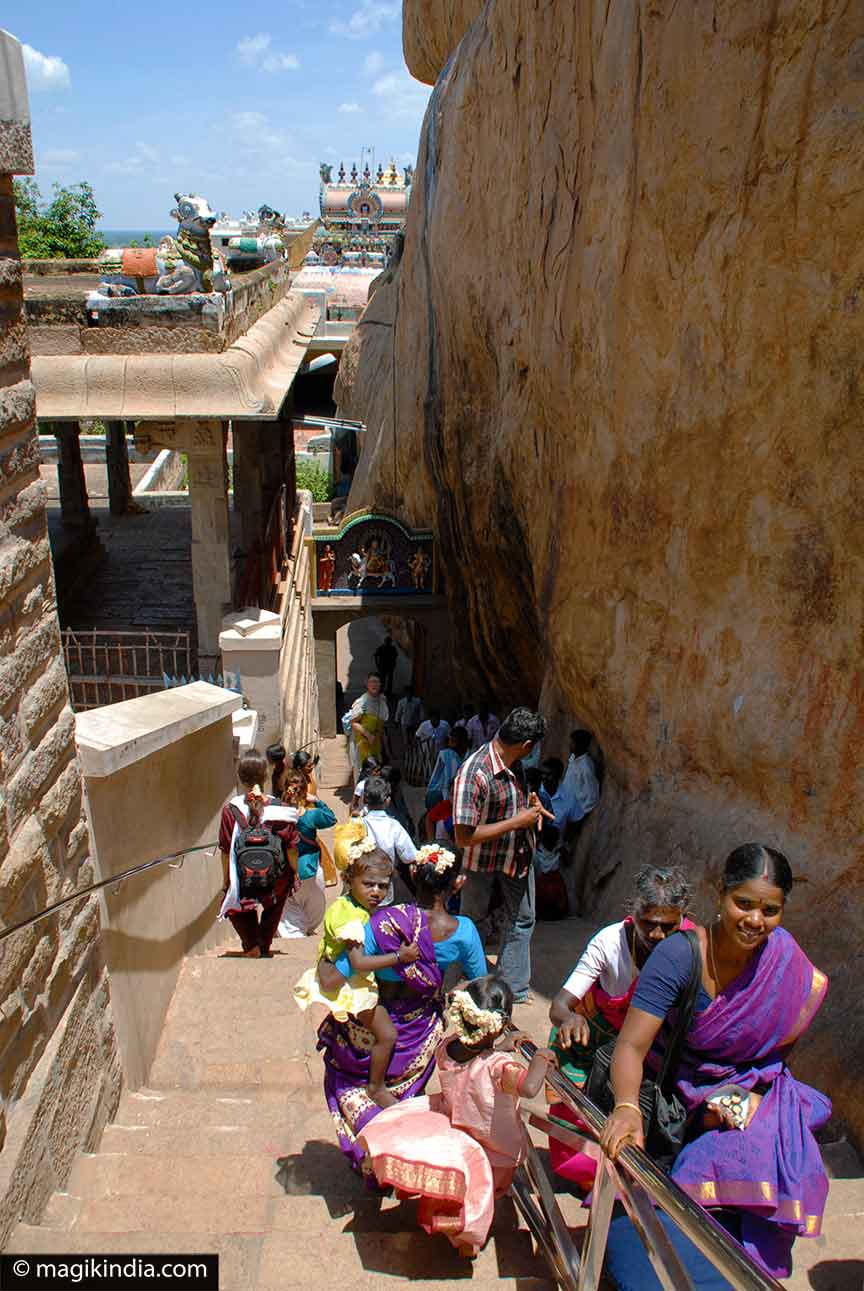
Thayumanavar temple, built in the 6th century, dedicated to Shiva, houses a 2m lingam. Shiva is worshiped as Thayumanavar and his consort Parvati is depicted as Mattuvar Kuzhalammai. The presiding deity is revered in the 7th century Tamil Saiva canonical work, the Tevaram, written by Tamil saint poets known as the ‘Nayanars’. The temple is generally out of bounds to non-Hindus but if you show your motivation and faith, you may enter.
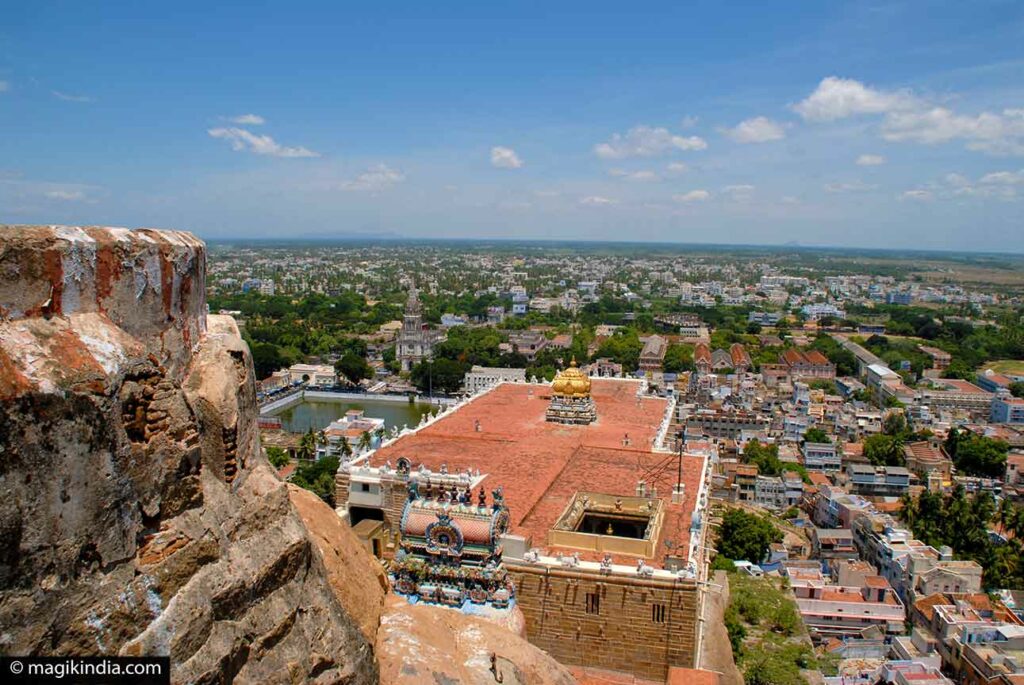
Ucchi Pillayar temple, built in the 7th century, is also dedicated to Ganesha. It is perched at the top of the outcrop and is reached by 417 steps. From there you can enjoy a magnificent panoramic view of the town, the Kaveri river and the Sri Rangam temple.

St. Lourdes Church

Near the rock fort you’ll find an interesting Gothic-style church built by the Jesuits in the late 19th century. Beautiful stained glass are all over the church. A serene place to visit and contemplate.
Sri Ranganathaswamy Temple (9km)
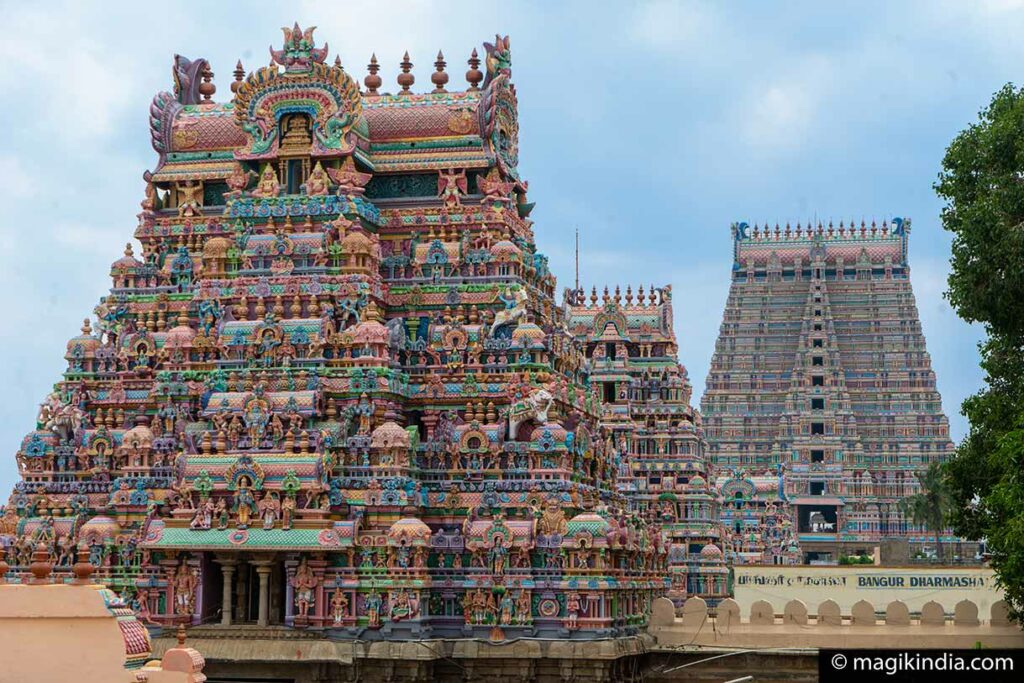
On an island formed by the Kaveri and Kollidam rivers 9km from Tiruchirappalli stands Sri Ranganathaswamy temple. This immense temple with its 63-hectare precinct is dedicated to god Vishnu.
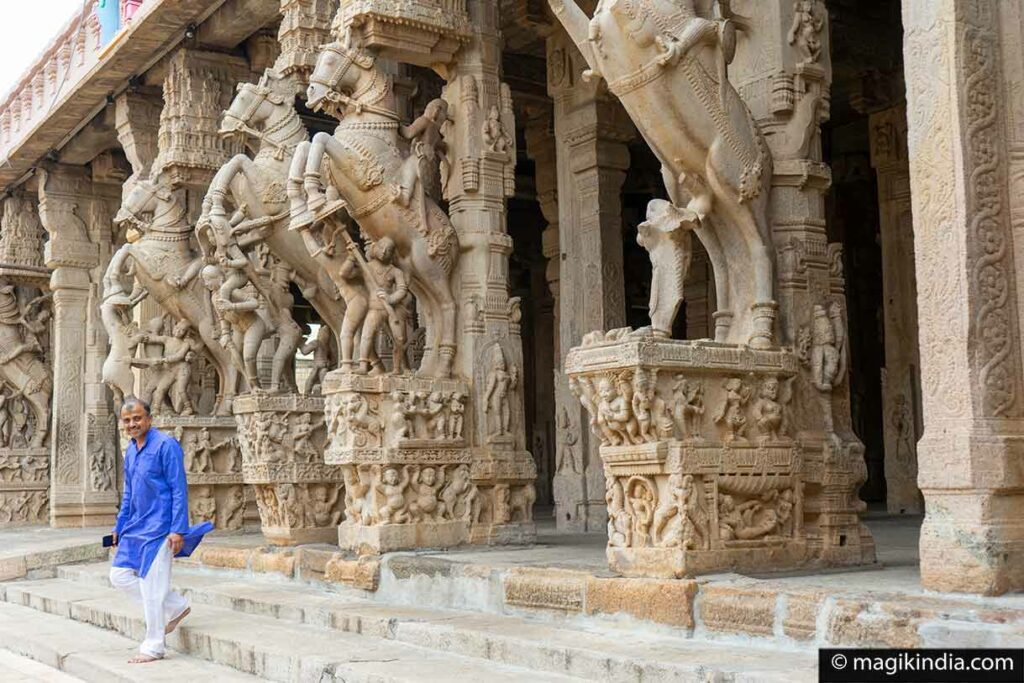
The temple includes seven prakaras or concentric compounds, 21 gopurams (towers) magnificently sculpted in the Dravidian style, 39 pavilions, 50 shrines and an Ayiram Kaal Mandapam or thousand-pillared hall. It is considered the largest temple in India and one of the largest religious complexes in the world.
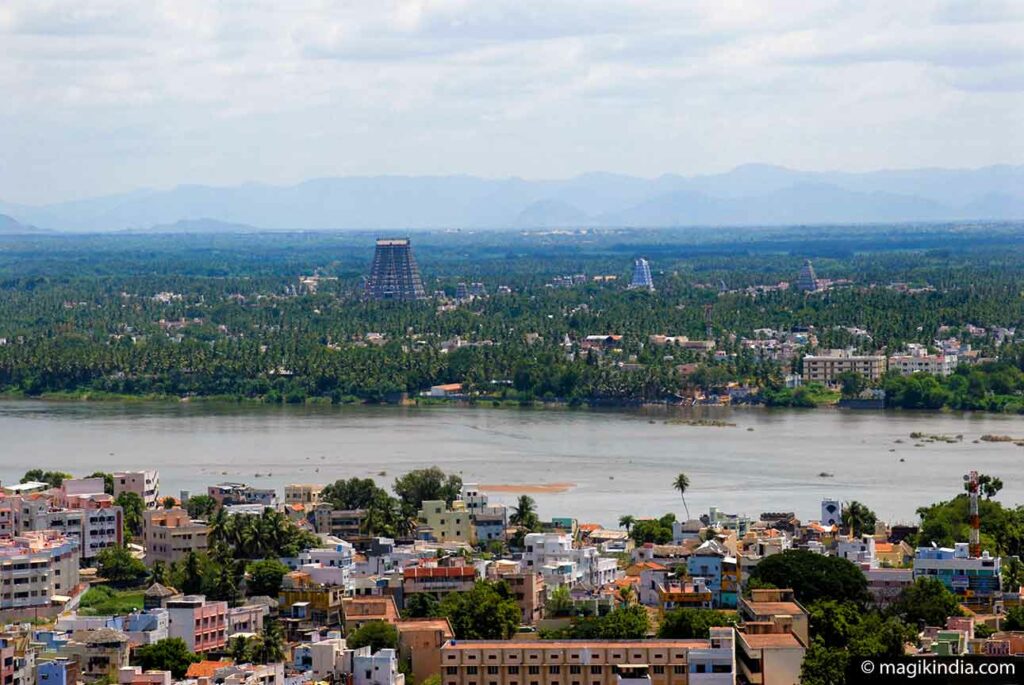
Sri Rangam is a particularly important place for Vishnuites (devotees of Vishnu) because it is said to houses the first of the eight self-manifested Vishnu idols (Swayam Vyakta Kshetras). Thus it is also regarded as the first and most important of the Divya Desam, the 108 principal Vishnu temples.
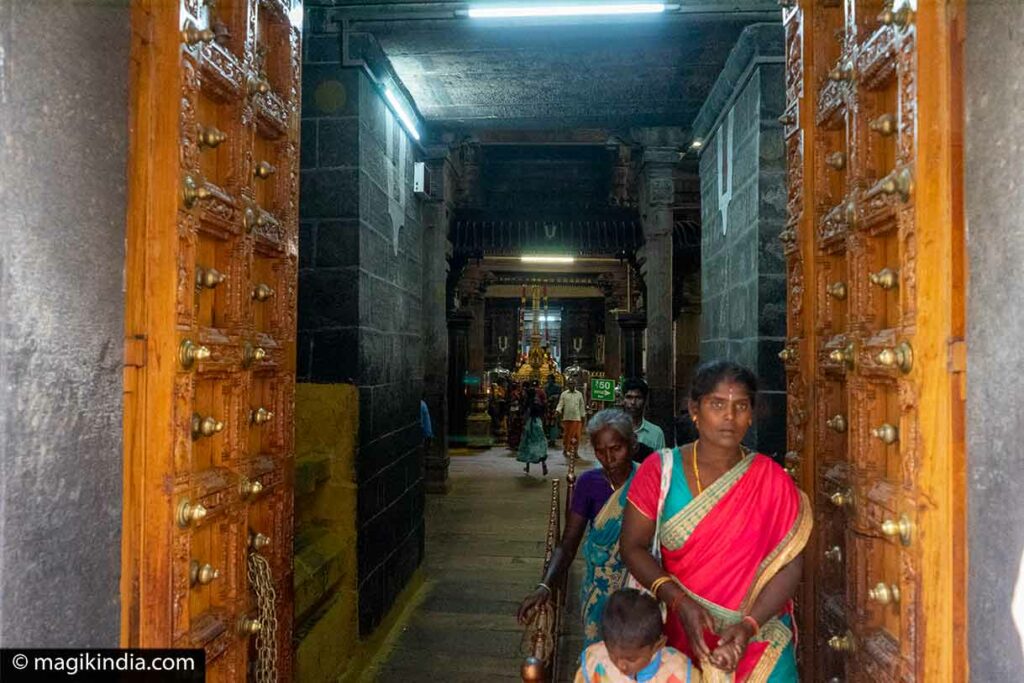
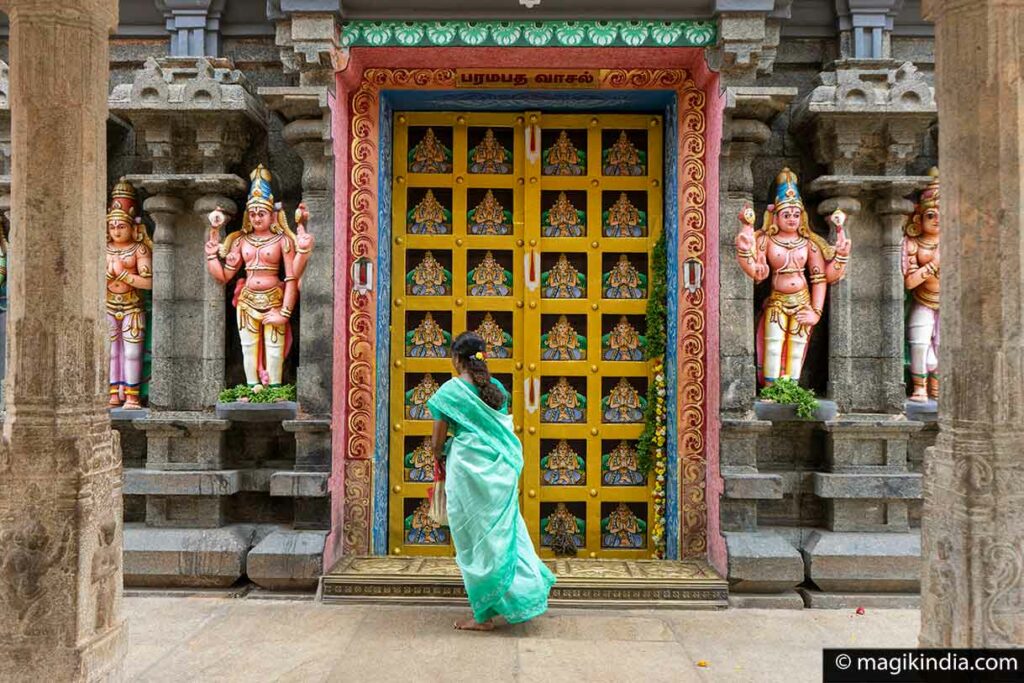
The inner sanctum (out of bounds to non-Hindus) contains an idol of Sri Ranganthar, a form of Vishnu, lying on the holy cobra Adisesha.
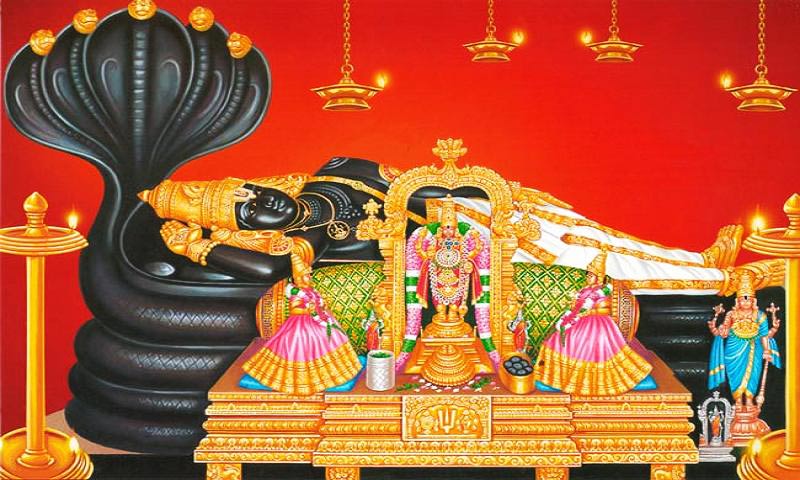
Amma Mandapam ghats
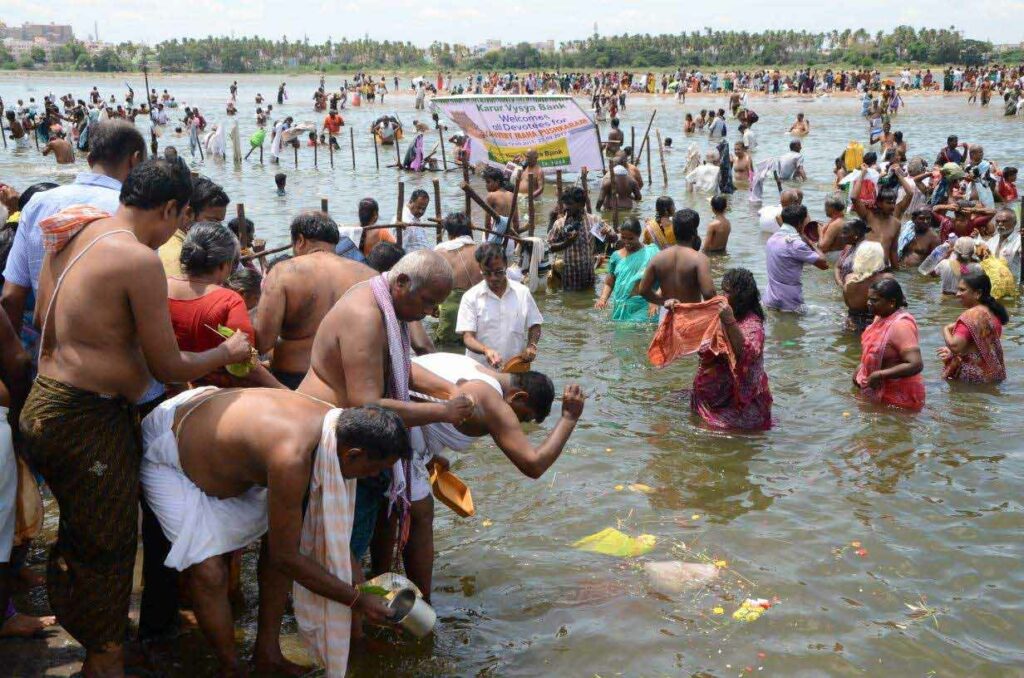
This amma mandapam bathing ghats* is situated on the banks of river cauvery, about a kilometer from the Sri Ranganathaswamy temple gopuram entrance.This bathing steps is the place where the HIndu pilgrims take a holy dip in the river Cauvery and perform rituals.
The river Kaveri (or Cauvery) is one of the seven India’s holiest rivers together with the Ganga, Yamuna, Saraswati, Kshipra, Godavari and Narmada rivers
* ghat: flight of steps covering the banks of a river
Jambukeswarar -Thiruvanaikaval Temple (9km)
Two kilometres from Sri Rangam temple is Jambukeswarar, one of Tiruchirappalli‘s most revered temples. It is one of the Pancha Bhoota Sthalams. Pancha Boota Sthalams are the five Shiva temples that represent the five elements.
Jambukeswarar’s Shiva Lingam is an Appu Lingam, representing water. The sanctum receives a constant flow of water from an underground source. Non-Hindus are not usually allowed into the sanctum.
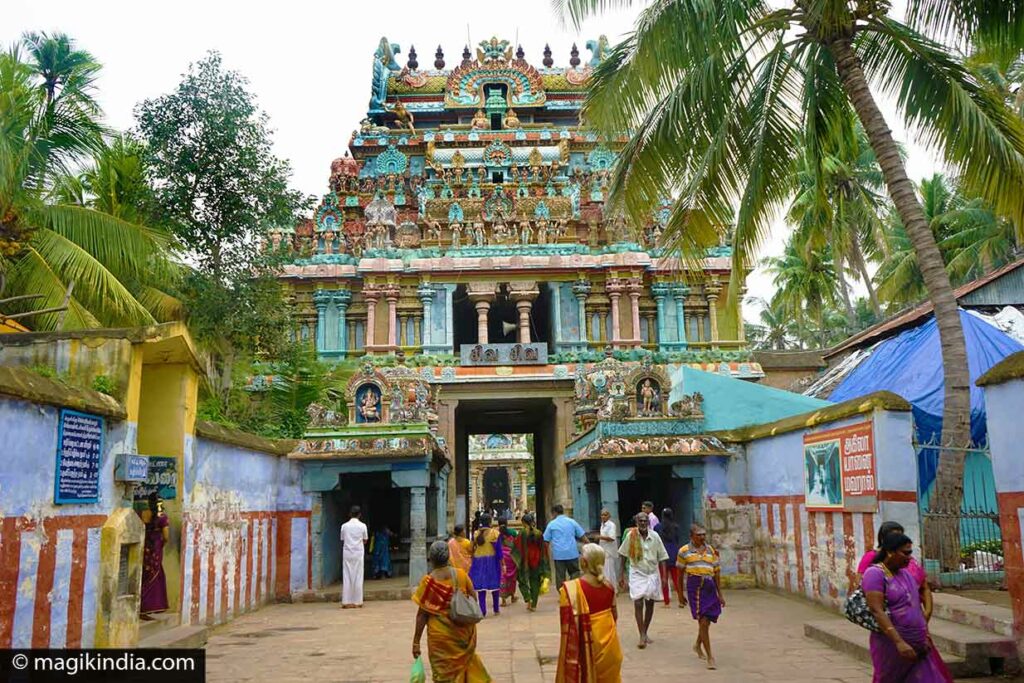
Jambukeswarar temple is also one of the 275 Paadal Petra Sthalams, temples glorified in the songs of praise of the four greatest Shaivite saints or Nayanars.
And as Shiva is never far from his female counterpart, another temple in the same complex houses and idol of the goddess Devi Akilandeswari Amman. Akilandeswari means “Ruler of the Universe”.

Samayapuram Mariamman Temple (20km)
Samayapuram Mariamman is a Hindu temple whose main idol, of the goddess Samayapurathal or Mariamman, is made of sand and clay.
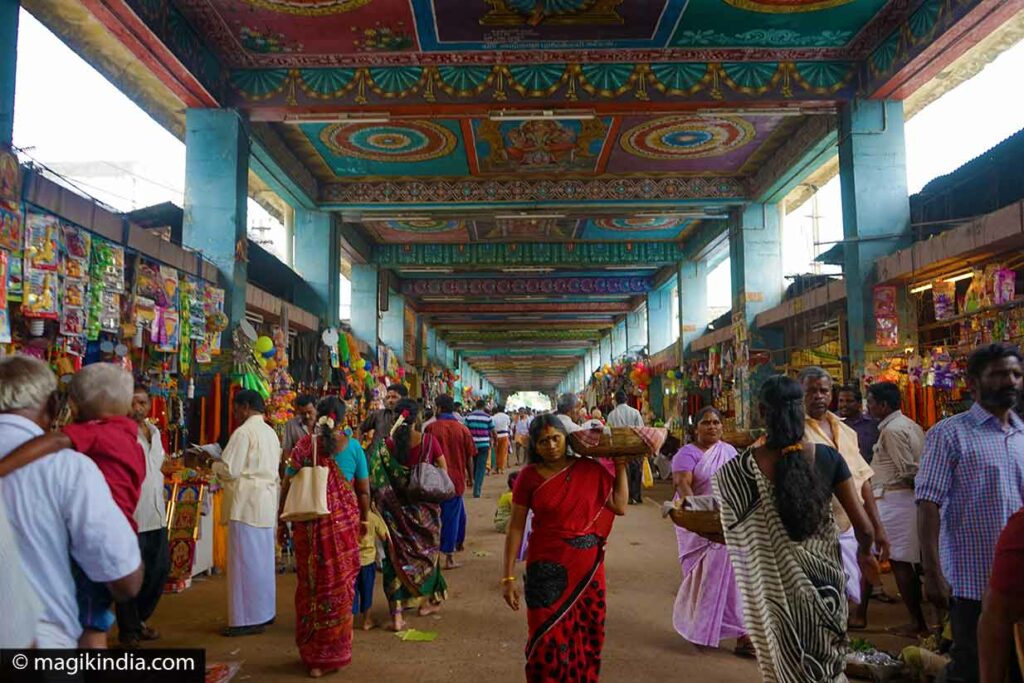
So unlike many Hindu holy statues, this one is not washed in an abhishekam ritual; instead, the ritual is performed on a small stone statue in front of the main one.
The faithful believe this goddess has healing powers, and it is customary at this temple to buy small steel or silver figurines and to put them in a donation box in order to be cured.

The temple attracts thousands of devotees and in terms of donations is second only to Palani, the richest temple in Tamil Nadu.
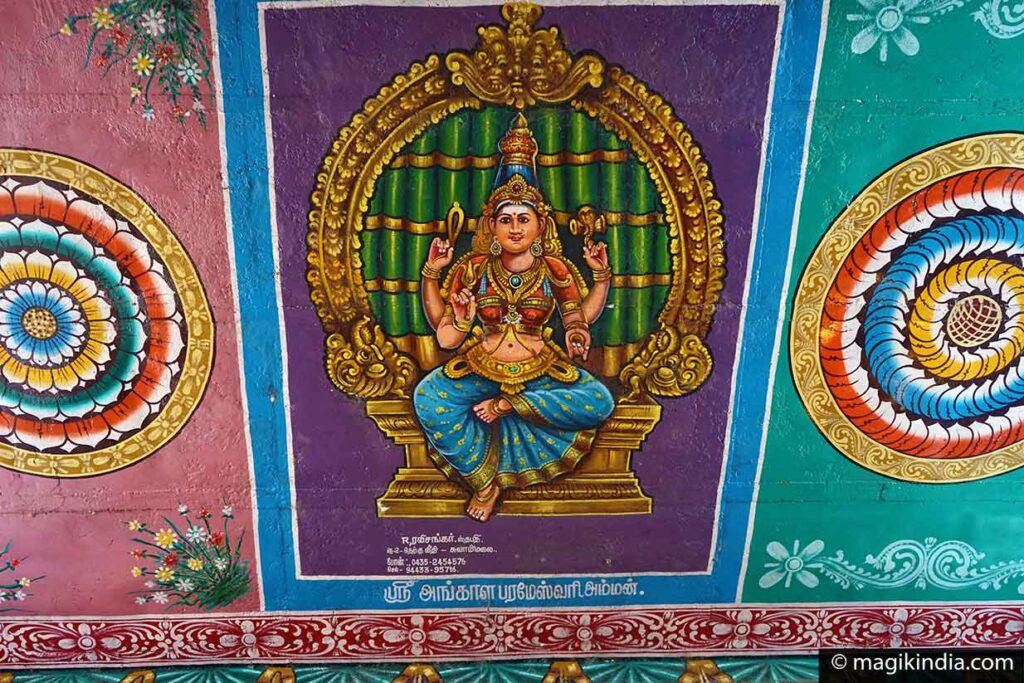
Vekkaliamman Temple
Vekkaliamman temple in the Tiruchirappalli suburb of Uraiyoor is dedicated to Vekkali, a form of the goddess Parvati.
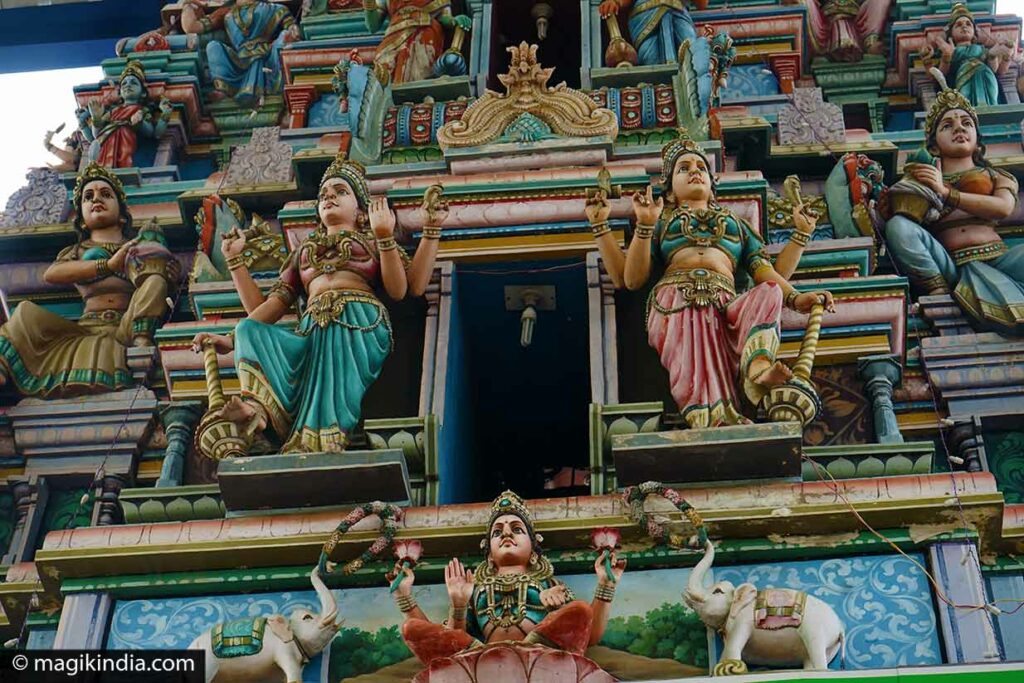
The temple exists since at least the early Chola period. Though architecturally modest, the temple is noted for the fact that its inner sanctum has no roof.
The story goes that roofs have been built a number of times but have been burnt each time by the power of Vekkali Amman.

Sri Premananda Ashram (25km)
The Sri Premananda Ashram nestles in lush green surroundings in the village of Fatima Nagar about 30 minutes from Tiruchirappalli.
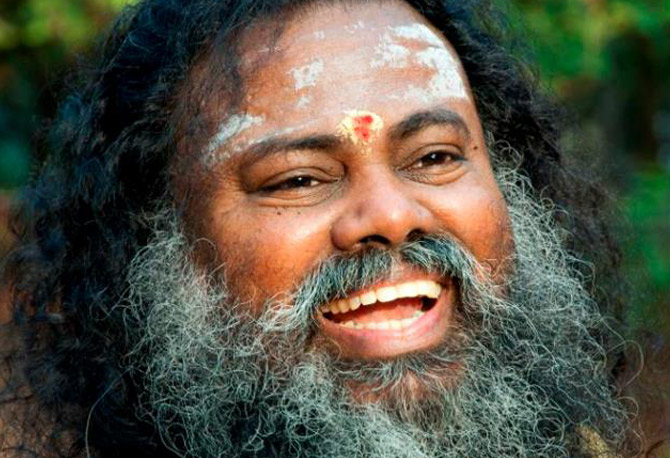
The ashram’s founder was Swami Premananda, now deceased. Swami Premananda was a spiritual master who devoted his life to the service of others.
The aim of the Ashram is to offer spiritual guidance and help to all who come and to offer service to those in need throughout the world. Swamiji’s teachings are universal and transcend the barriers of race and religion.
Viralimalai Murugan Temple (30km)
Viralimalai Murugan is one of many Tamil Nadu temples devoted to the god Murugan.
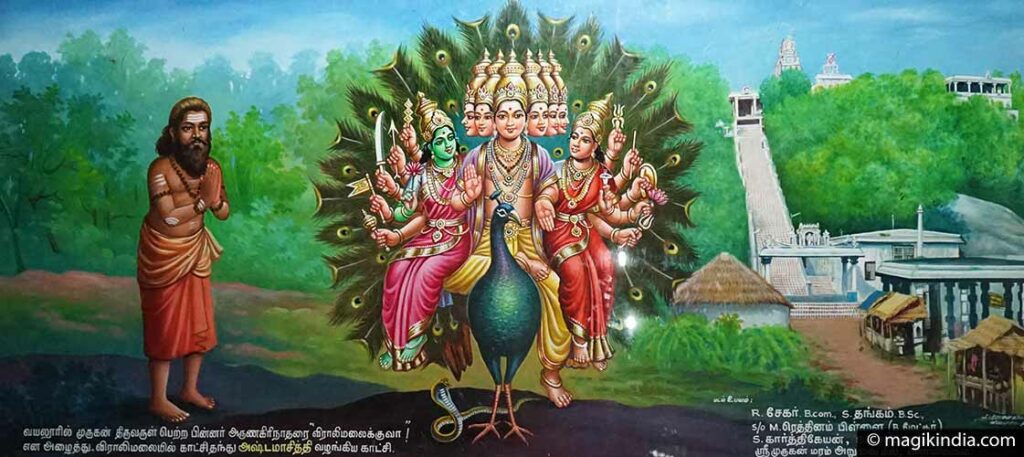
It is perched on a hill in the village of Viralimalai (most Muruga temples are located on hilltops). There are 207 steps to climb to reach the top.
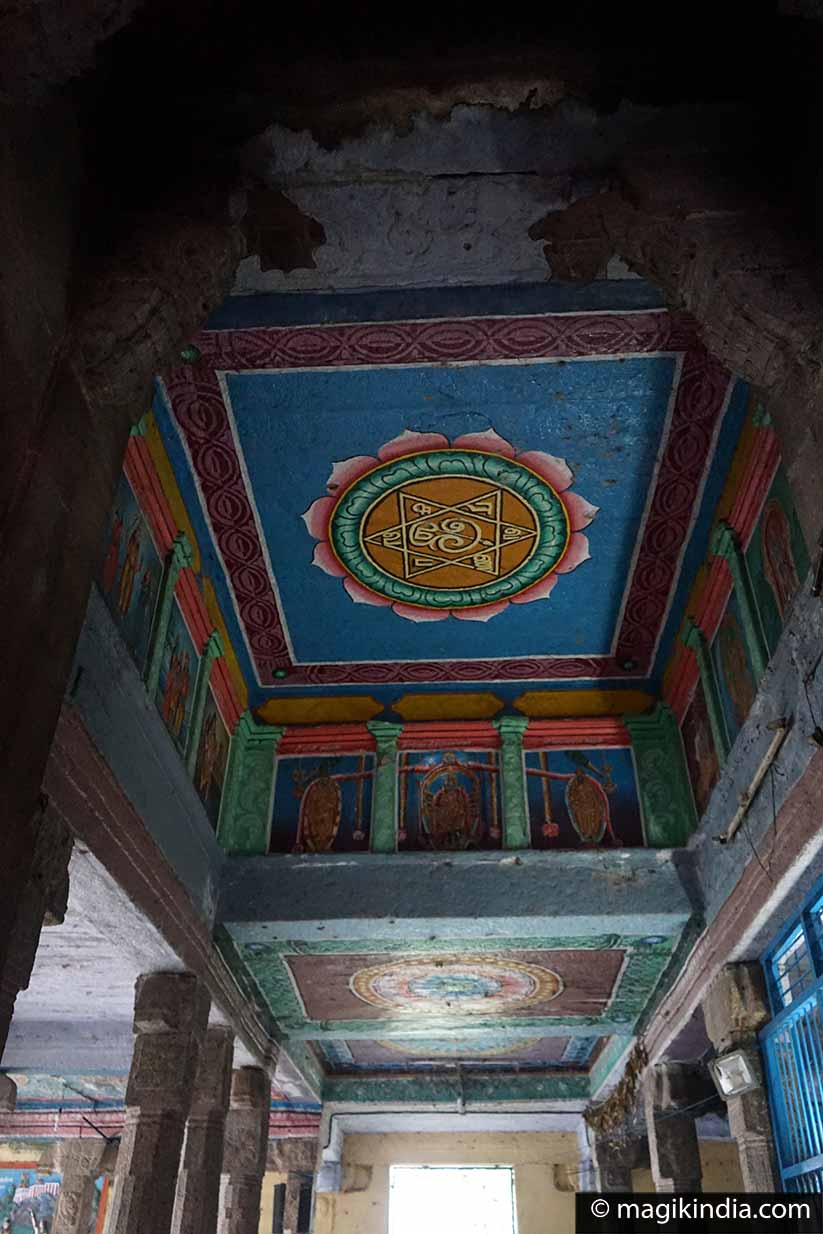
The inner sanctum or moolavar houses an idol of Arumugan (a form of the god Murugan with six faces and twelve hands), elegantly seated on a peacock, his divine vehicle, with his consorts Valli and Deivannai standing on either side.
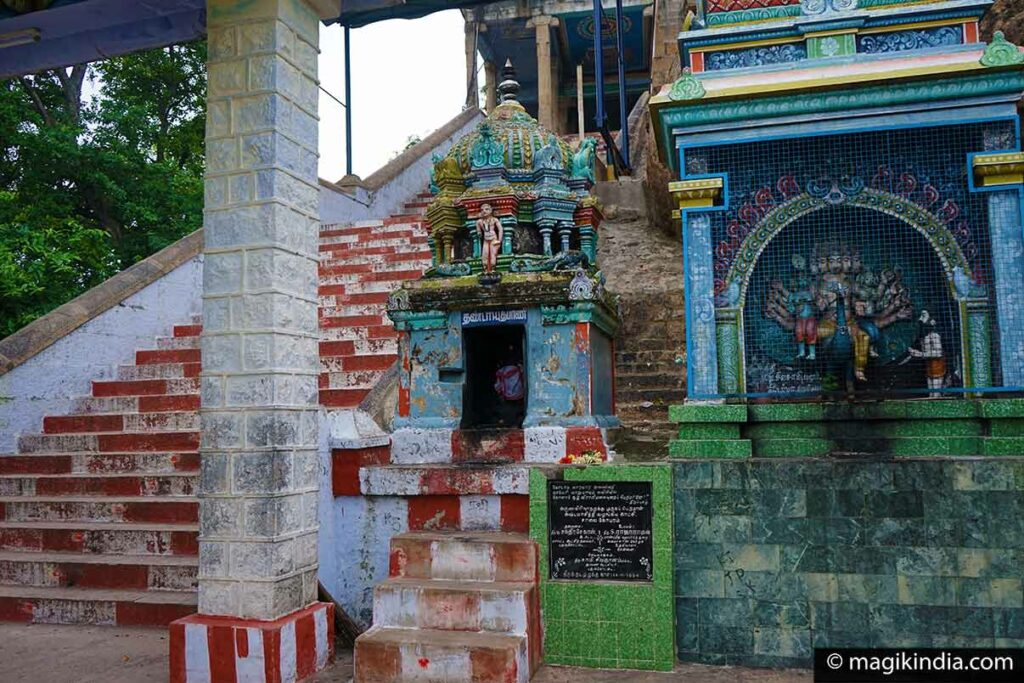
One of the many stories related to the temple tell us that a 15th century Tamil poet, Arunagirinathar, attempted suicide by throwing himself from one of the towers of the famous Tirunamalavalai temple. The god Murugan who was passing by saved him. The poet then became a staunch devotee of the god and the verses he composed in his honor were sung by himself in the temple of Viralimalai.
